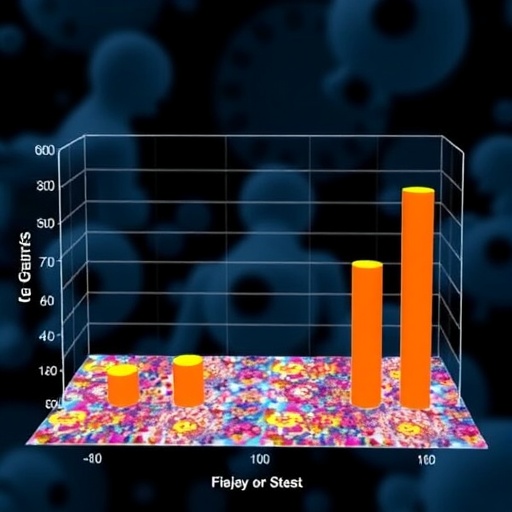Medical diagnoses mostly focuses on resolving isolated issues. But, fixing one problem may create others and even invoke an overall health collapse. Scientists now found a new approach to assess the risks of such collapse in humans and other animals using data from wearable sensors.
Dynamic Indicators of Resilience
Staying alive requires resilience, the capacity to bounce back from perturbations ranging from scares and scratches to falls and flues. Such resilience declines naturally at high age, but is also shaped by genes, lifestyle and life events. Despite all we know about health, measuring its essence – resilience – has remained elusive. Now new mathematical insights allow using the countless micro-recoveries captured by monitoring devices to assess resilience of the whole and thus the risk of health collapse. This comes at a moment when massive data from fitness watches and other sensors are rapidly becoming common, potentially allowing cheap monitoring of resilience. "Surprisingly, the signals we find are similar to those indicating the risk of tipping points in ecosystems such as rainforests." says Marten Scheffer, lead author from Wageningen University. "This may seem strange, but we are coming to understand that it has to do with fundamental laws that rule complex systems as they become unstable".
Tipping points in mood, posture and the whole
While understanding the whole is the biggest challenge, there is also the possibility of collapse of system components. The mood is an example. When resilience of the mood system has been eroded, even minor stressful events can trigger a self-propagating collapse into a depressed state. The Dynamic Indicators of Resilience (DIORs) that have now been discovered are based on changes in the behaviour of system as such a tipping point is near. This allowed researchers to estimate the risk of depression from the pattern of fluctuations in self-reported mood. The same principles turn out to be indicative of the stability of other 'subsystems' of the body such as dynamic posture control of elderly which is related to the risk of falls. Altogether, the new indicators pave the way to measuring resilience of individuals as well as of their intertwined vital subsystems.
Humans and other animals
Not surprisingly the same approach can be used to monitor resilience of animals from continuous data-flows. For instance, herds of thousands of electronically marked dairy cows are routinely providing real-time monitoring of all individuals allowing early detection of deviations that hint at individuals that are not doing well. Also, being able to measure resilience allows much needed research into the mechanisms that shape it.
"Worries about animal health and welfare make it increasingly important to understand resilience of production animals" says co-author Prof. Bas Kemp, animal scientist from Wageningen University. "It is becoming clear that not only genetic make-up and feed composition but also early-life conditions and the establishment of social relationships have an impact on health and survival. However, we do not understand how these factors interact to shape animal resilience. Becoming able to measure resilience objectively is a hugely important step."
"There is a widely felt need of putting the patient back together again." The same is true in the field of human medicine says co-author Prof. Marcel Olde Rikkert, geriatrician at Radboud University Medical Center Nijmegen. "Especially in elderly, decisions such as whether or not to operate require an insight in the resilience of the patient which we are now for the first time able to study using DIORs".
###
Publication
Systemic Resilience of Humans and Other Animals. PNAS early online, October 29, 2018.
Media Contact
Jac Niessen
[email protected]
31-317-485-003
@uniwageningen
http://www.wageningenur.nl/uk




